013. Lex Barberio
Art as Exploration, Identity as Revolution: The Creative World of Lex Barberio
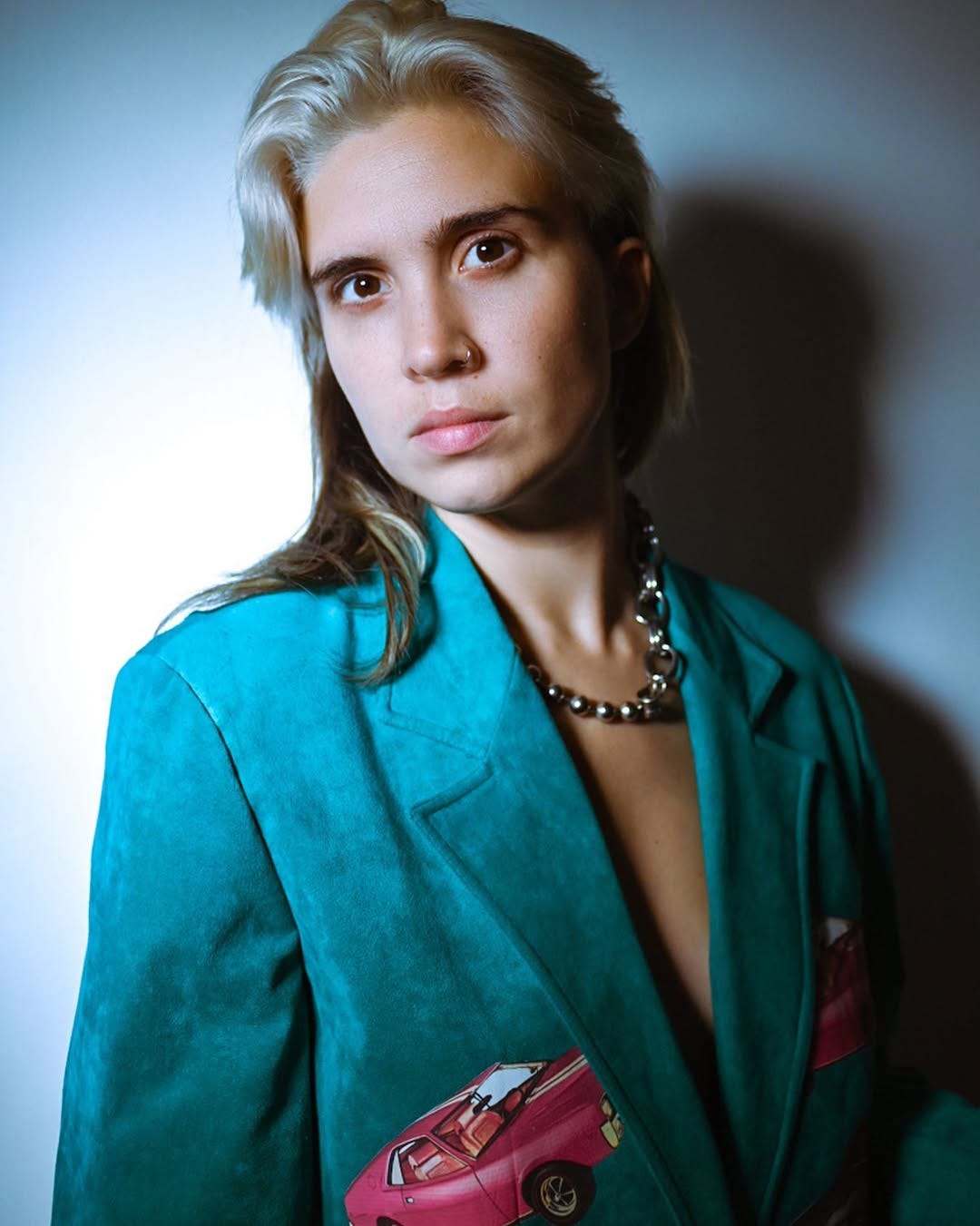
Introduction
Lex Barberio is an innovative Cuban-American photographer and artist whose work challenges conventional notions of gender, identity, and beauty. Their artistic practice merges photography, collage, fashion, and experimental printing techniques to explore the fluidity of self-expression. Through their compelling visuals, Lex creates a space where marginalized identities are celebrated, and the constraints of traditional representation are dismantled. Their art serves as both a personal exploration and a broader statement on societal norms, inviting audiences to rethink the ways in which identity is perceived and expressed.
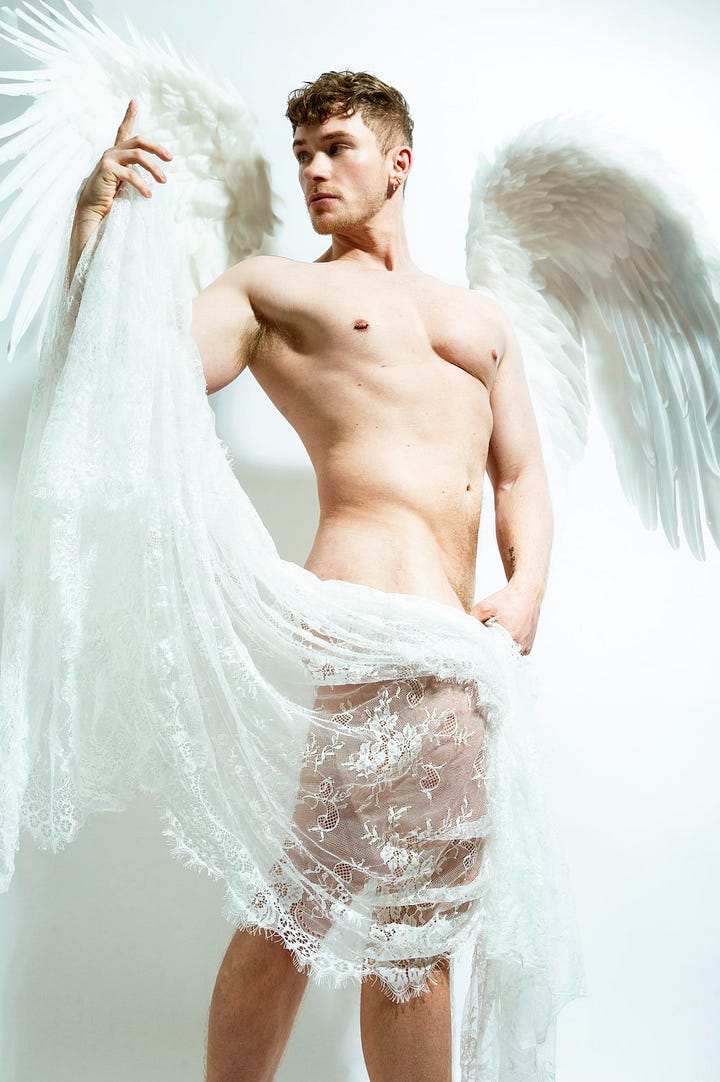
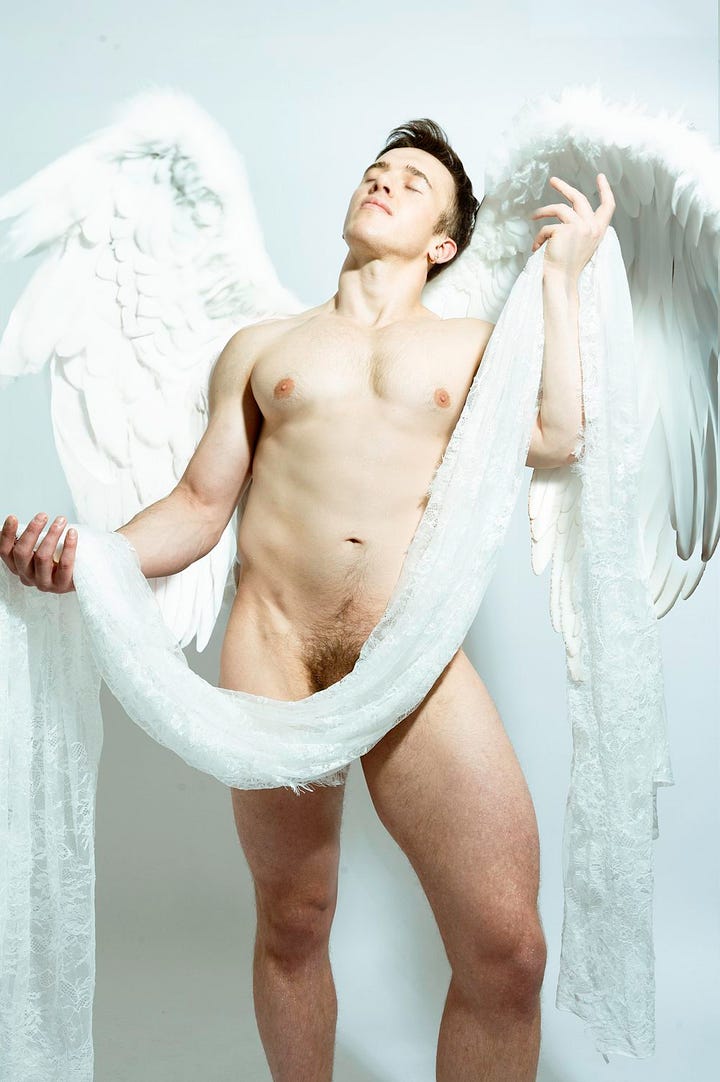
“My story began in the city of Miami Beach where I was born and raised. Growing up in a place with beautiful nature, beautiful architecture, and beautiful people influenced my eye as I started developing my perspective as a photographer and artist. My work has evolved over the years but there are a few things that have remained constant. Some of them being self-exploration, my curiosity of people, and my affinity for the surreal. All of these things have contributed to my work centering around people and places with interesting stories or features and always including some sort of aspect that is whimsical in message, style, or composition.”
— Lex Barberio in an interview with VoyageMIA
From their early days in Miami to their groundbreaking projects exhibited in galleries and public spaces, Lex has continually pushed the boundaries of photography. Their work is deeply rooted in both their Cuban-American heritage and their lived experience as a queer individual, bringing a unique and necessary perspective to contemporary art. With a background in both fine art and commercial photography, Lex skillfully blends creativity with technical mastery, producing pieces that are both thought-provoking and visually stunning.
Early Life and Background
Cultural and Personal Influences
Growing up in the vibrant and diverse city of Miami Beach, Lex was surrounded by a mix of cultures, colors, and expressions that would later become fundamental to their artistic identity. Miami, known for its rich Cuban-American community, gave Lex a deep connection to their heritage, shaping their perspective on identity and belonging. The fusion of cultures in Miami, combined with the city’s thriving art scene, allowed Lex to experience a world where multiple identities coexisted, laying the foundation for their future work.


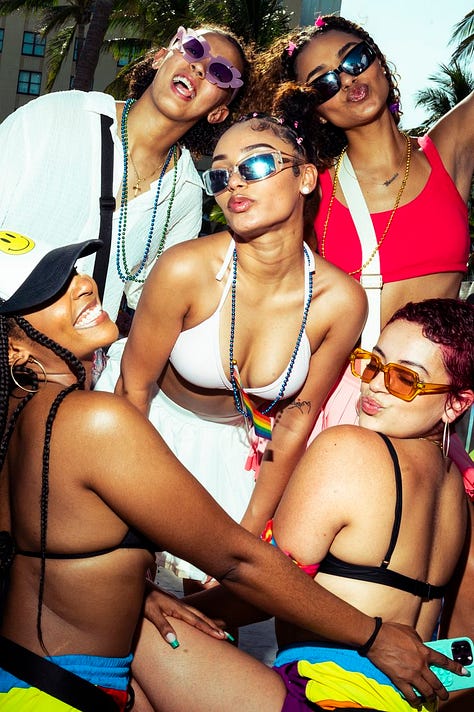
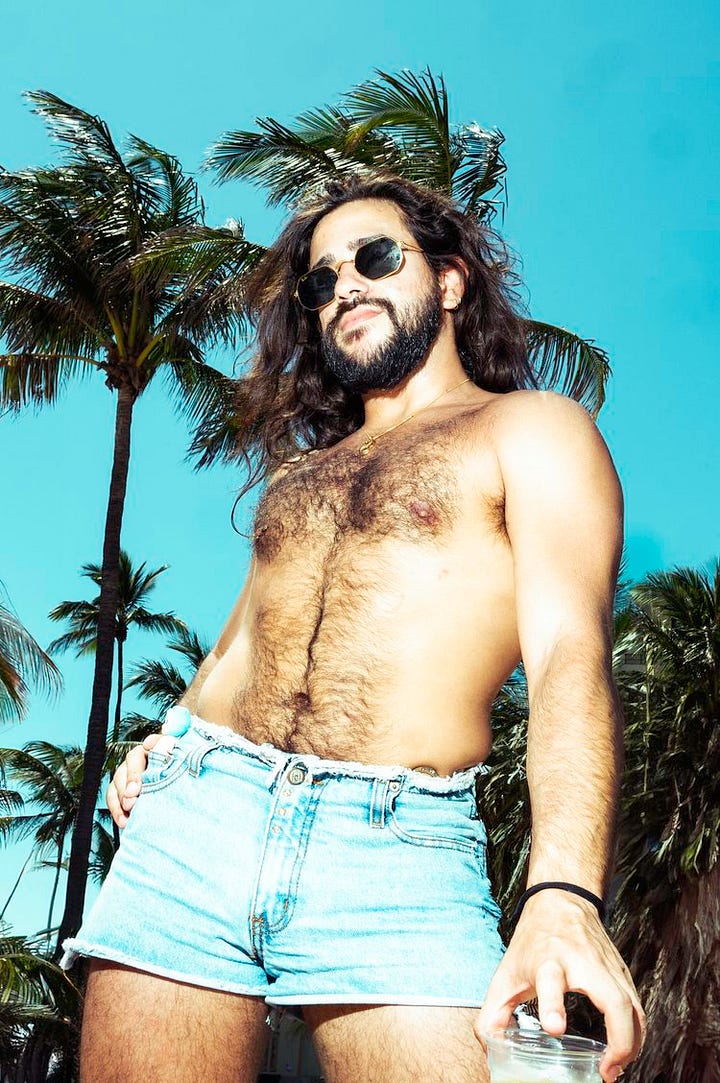

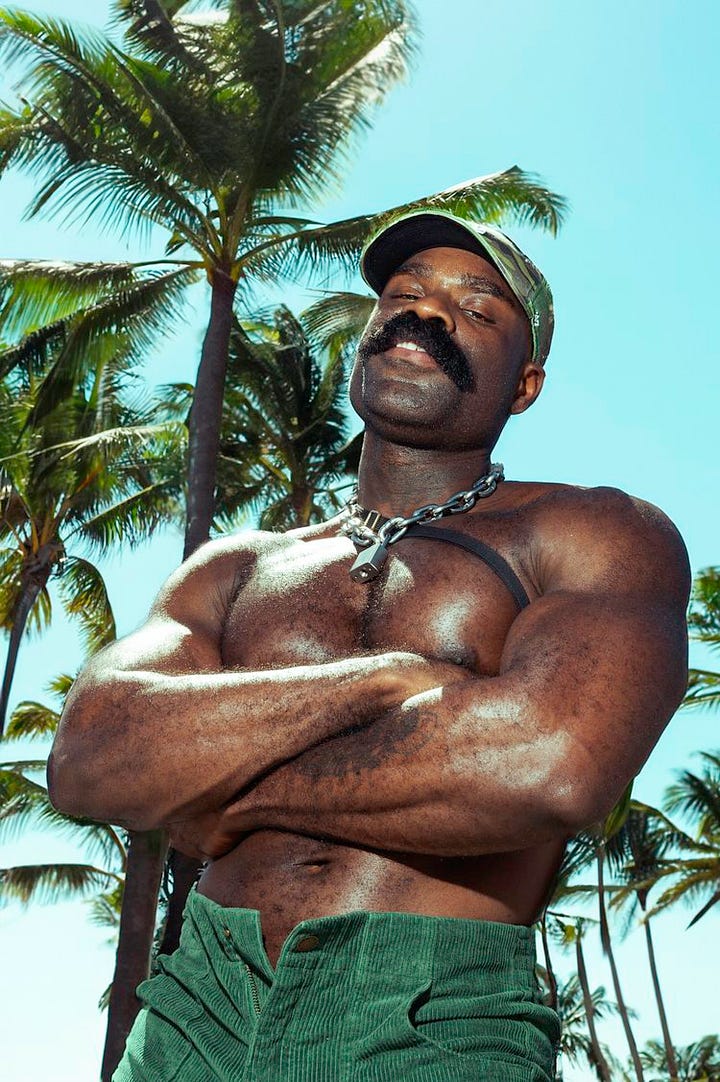
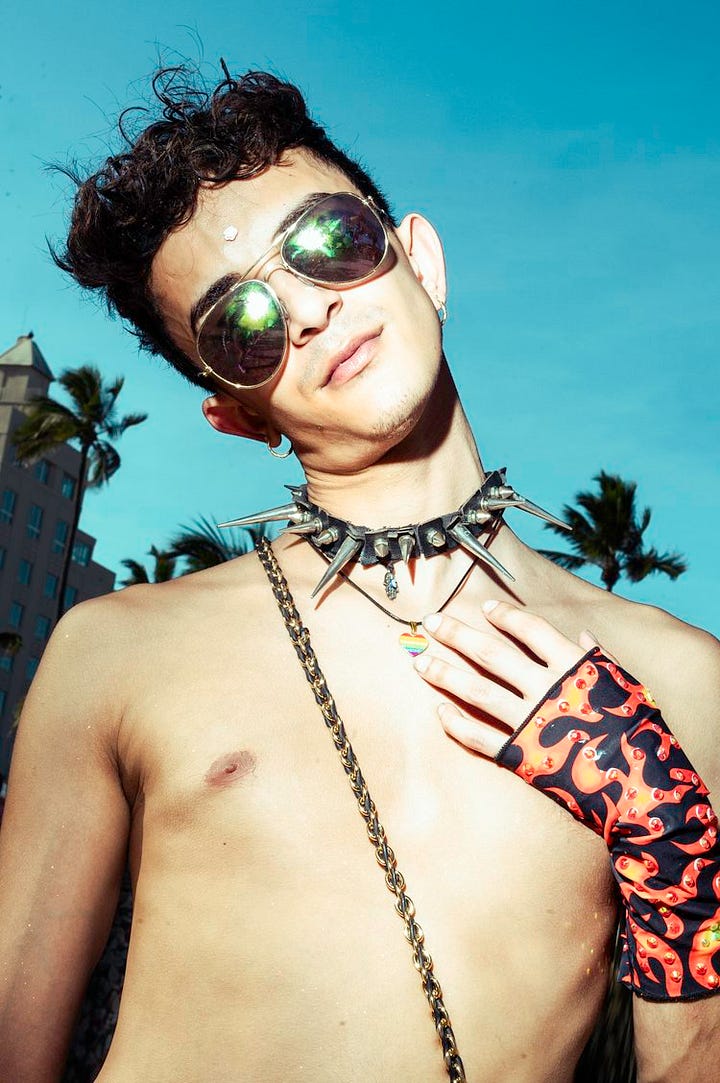
“The most extraordinary thing my parents ever did for me was recognize, even in the early days, that little baby me had a fire for creating. That fire in children is fragile and requires guidance so together they stoked the flame in me and provided the right amount of structure and love that showed me how to be in control of my future and carry the torch that they preserved into my adulthood…They are my biggest fans. It really means the world to me that my family always shows up to support me. They come to every major show and are always the loudest and proudest in the room (my dad always takes pictures at the exhibitions so now he’s known as the Papa-razzi haha)– that means so much to me because my art is so personal.”
— Lex Barberio in an interview with Canvas Rebel
Their personal experiences navigating the intersections of being Cuban-American and queer played a crucial role in their artistic development. Coming from a background that valued both tradition and resilience, Lex learned to embrace the complexities of identity early on. These themes of duality, fluidity, and transformation became central to their work, enabling them to tell stories that resonate with people who often feel unseen or misrepresented in mainstream media.
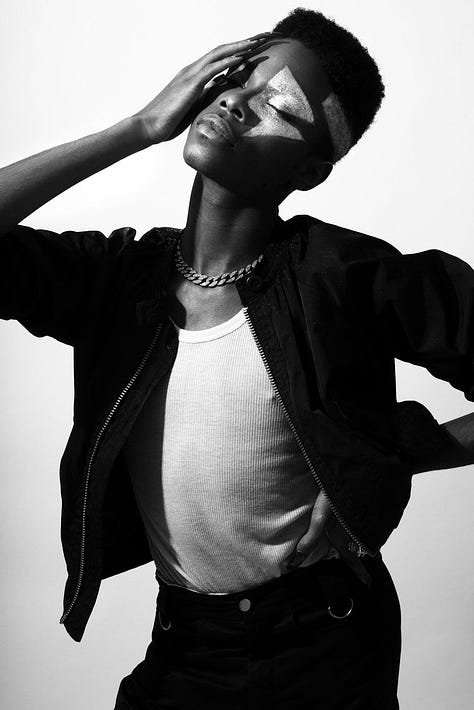
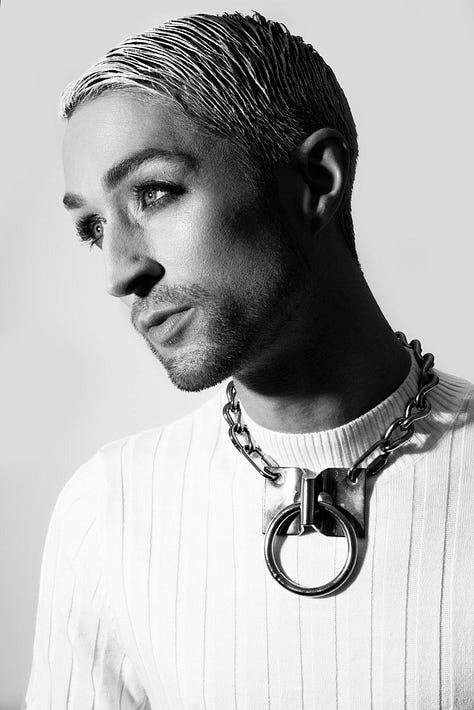
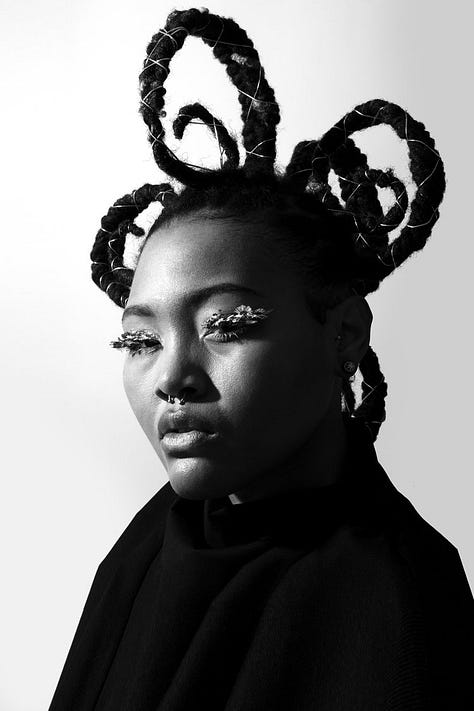
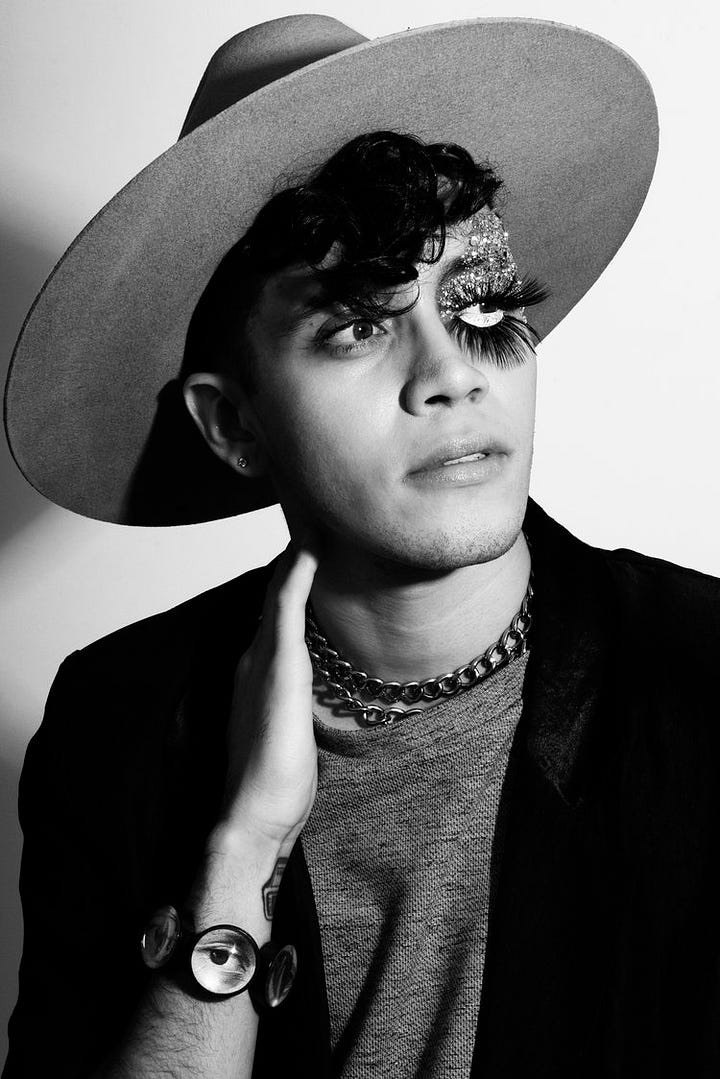
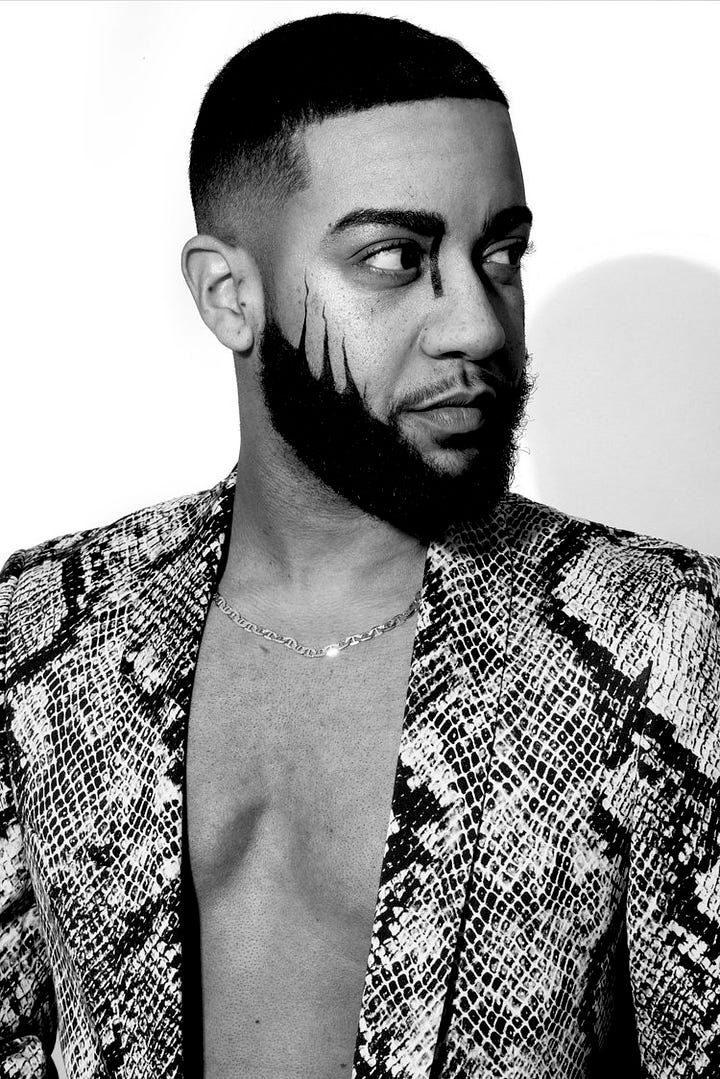
Lex’s journey into art was also shaped by their personal experience navigating queerness within a society that often seeks to categorize and define. As they grew older, their personal understanding of identity expanded, and they sought ways to translate these experiences into visual form. This desire to break free from rigid classifications became the driving force behind their artistic exploration.
Early Exposure to Art and Education
“[My parents] encouraged me to learn a craft. I had my first business when I was 11. I sold little clay puppies that I hand made along with tiny accessories, and raised over $200 for charity. From a young age, my parents instilled in me the importance of having a skill or a trade in life so that I could always rely on myself and not rely on an employer.”
— Lex Barberio in an interview with Canvas Rebel
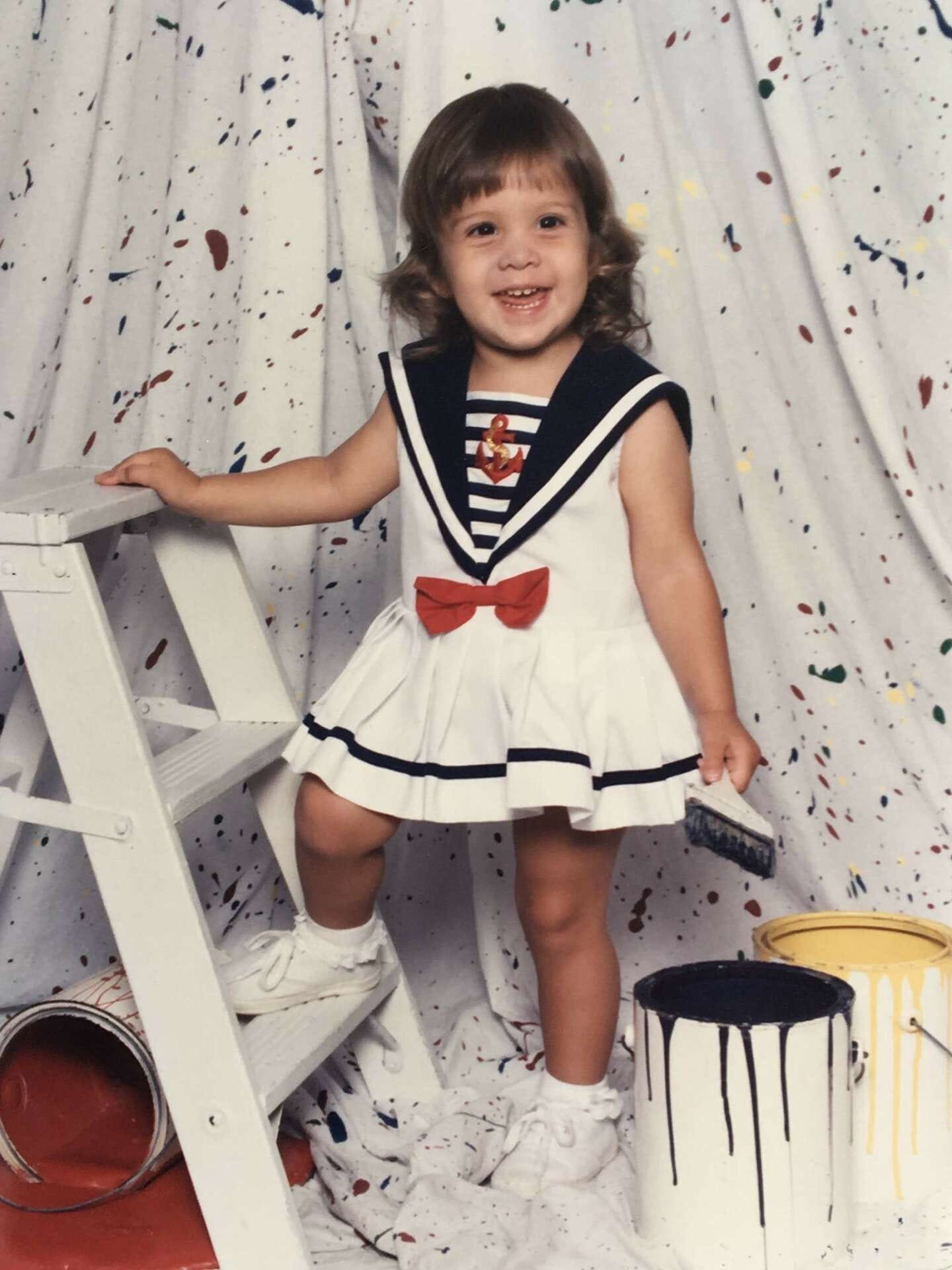
Lex’s interest in photography began at a young age, drawn to the power of images to convey emotion and complexity. Recognizing their passion, they pursued formal training at Miami Ad School, a creative portfolio school, where they studied under industry professionals and honed their skills in both fine art and commercial photography. This education allowed them to develop a strong technical foundation while also encouraging experimentation with unconventional artistic methods.
“I was always driven to do what I was interested in, but high school didn’t excite me. When I (barely) graduated at the age of 17 and I had been accepted to one of the local colleges to study marketing, I was happy to be making my parents proud but not happy in the way you’d want someone to be while they’re embarking on the next chapter of their life. At the time, I thought marketing was the closest field to professional creativity where I might be able to find a job that suited me. Marketing is the creative track you typically find in colleges and it’s more about preparing ads to go out in the world than it is that late night, dig deep in your soul kind of creative work I craved, but it was the best fitting option out of the ones I had so I went with it. A few weeks later, after sensing my lack of enthusiasm, my parents presented me with a new option… Something I hadn’t considered before — skipping college and going straight to a portfolio school for advertising at The Miami Ad School. This pivot would allow me to do that deep creative work I sought as well as work towards a career I cared about.”
— Lex Barberio in an interview with Canvas Rebel
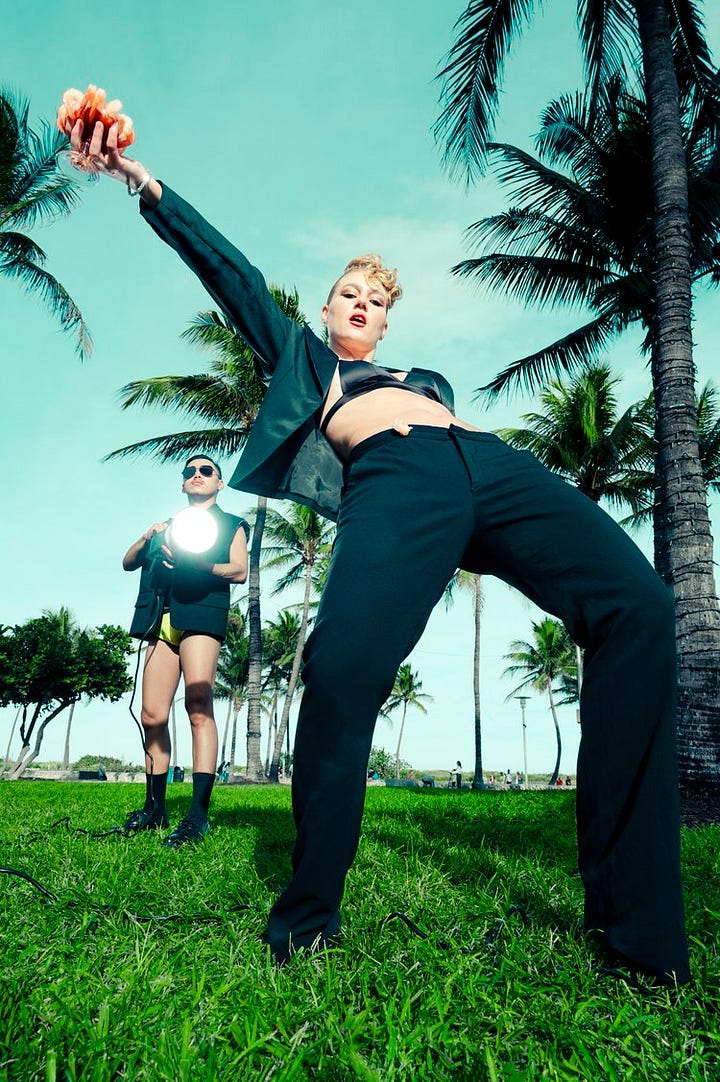
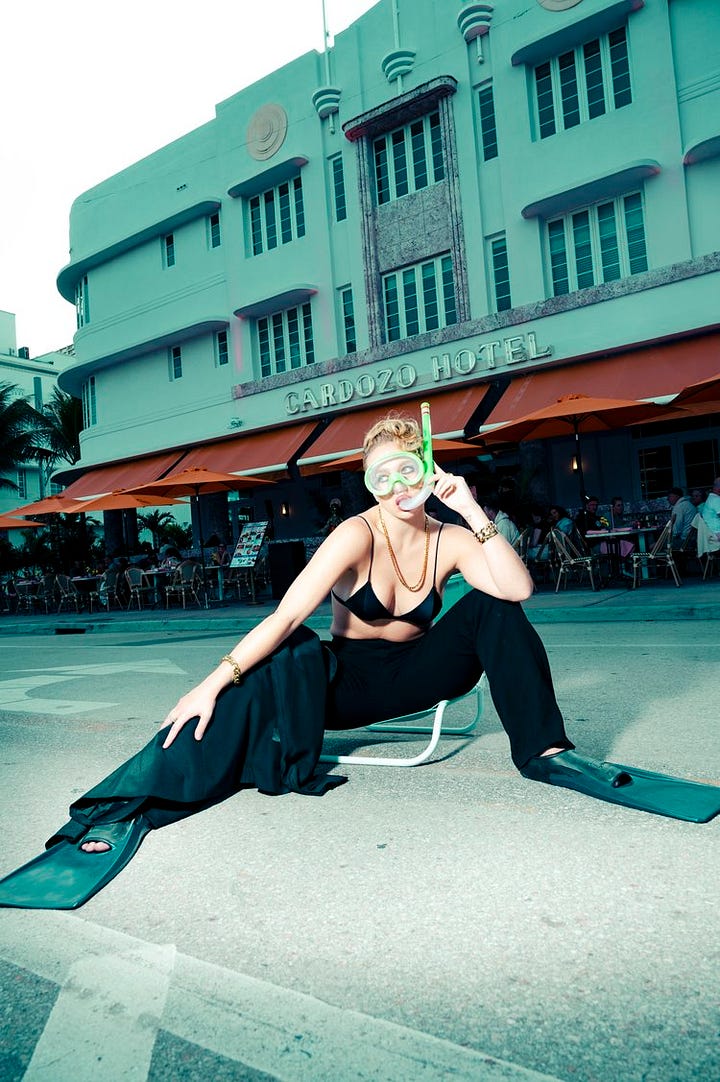
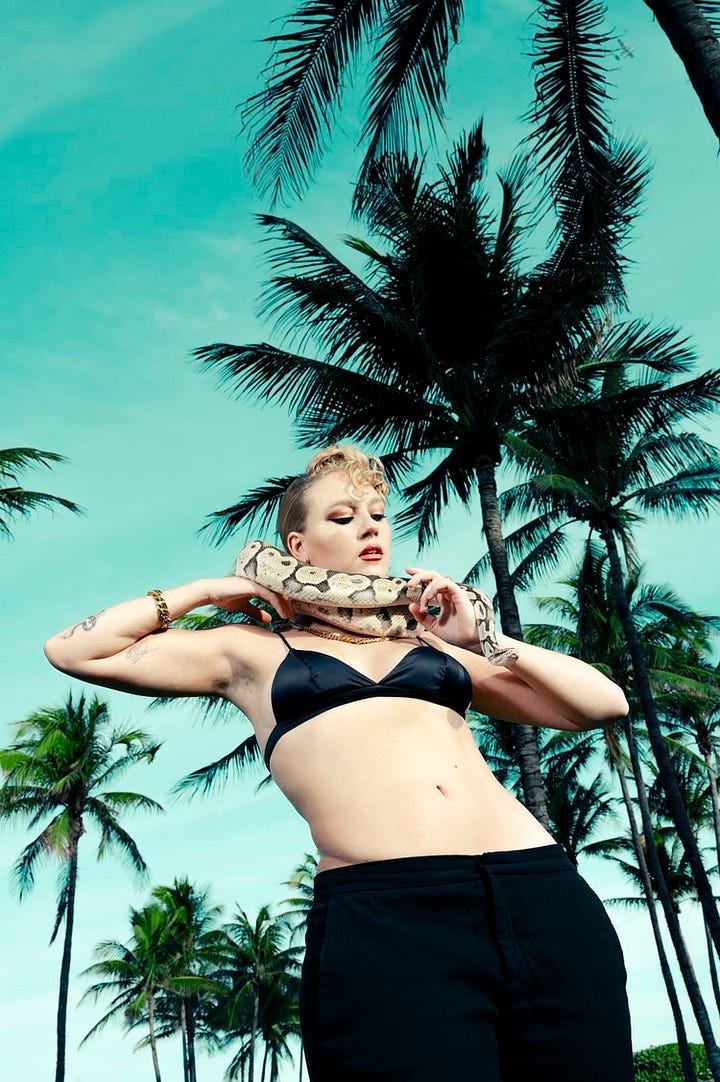
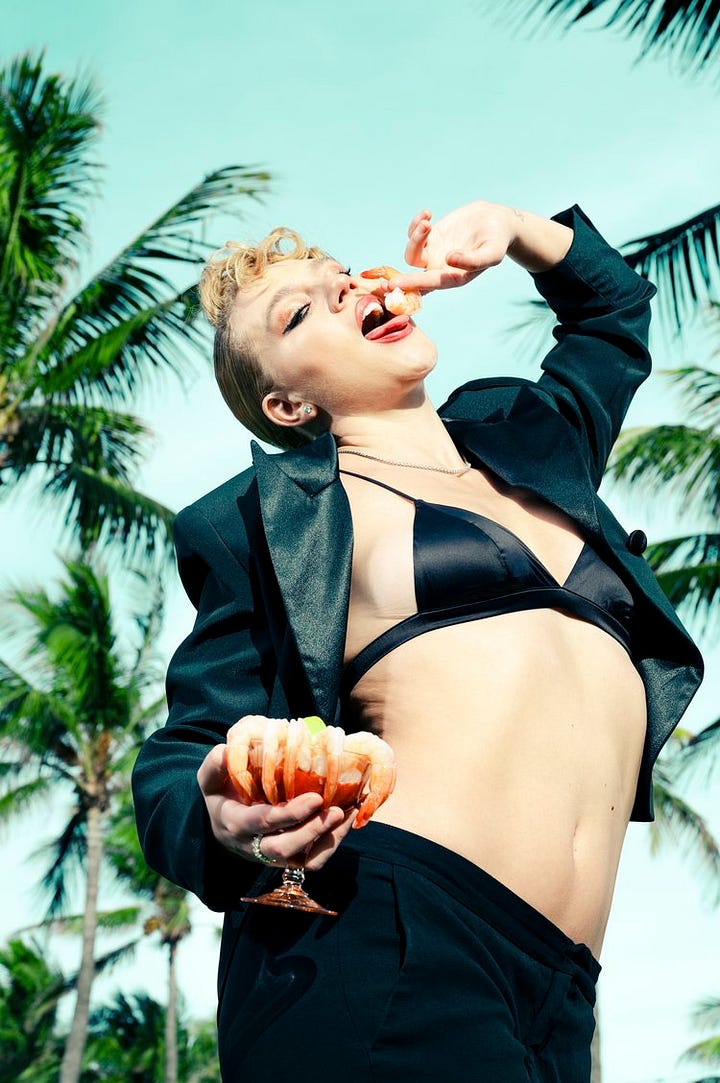
Lex became the youngest student ever admitted. While there, they studied photography under Ginny Dixon and received the Daryl Strawser Award granted by ASMP South Florida to a student who is identified as highly talented, at the top of their peer groups, and holding promise as future leaders and influencers in the photographic industry. During their time in school, Lex discovered the power of photography not just as a means of capturing reality, but as a way to reshape it. They began to explore techniques that could manipulate and layer images, creating compositions that reflected the nuanced, multi-faceted nature of identity. Graduating at the top of their class in 2014, they quickly established themselves as an artist unafraid to push creative boundaries.
Artistic Influences and Style
Key Influences
Lex’s work is influenced by a wide range of artists, movements, and personal experiences. From surrealist photography to contemporary queer art, their influences span multiple disciplines and time periods. They also draw inspiration from fashion photography, using elements of styling and editorial aesthetics to craft narratives within their images.
“On the artistic side, photography is my main focus. I’ve been shooting for about 10 years now and I love taking pictures of people and amplifying their personalities through wardrobe, props, backgrounds, etc. I work a lot with the queer community so I have a lot of fun making my art and making people feel comfortable. I made my artistic debut as an official part of World Pride in NYC in 2019 and have since had my work published and shown at galleries and museums and have also had the opportunity to work with brands as an influencer through my work.”
— Lex Barberio in an interview with Canvas Rebel
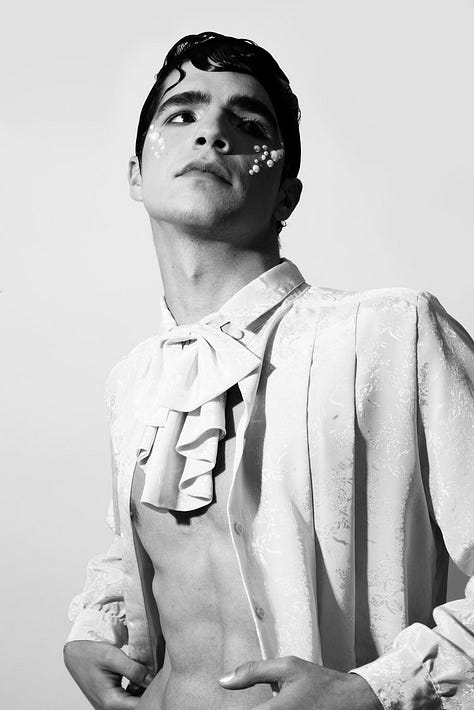
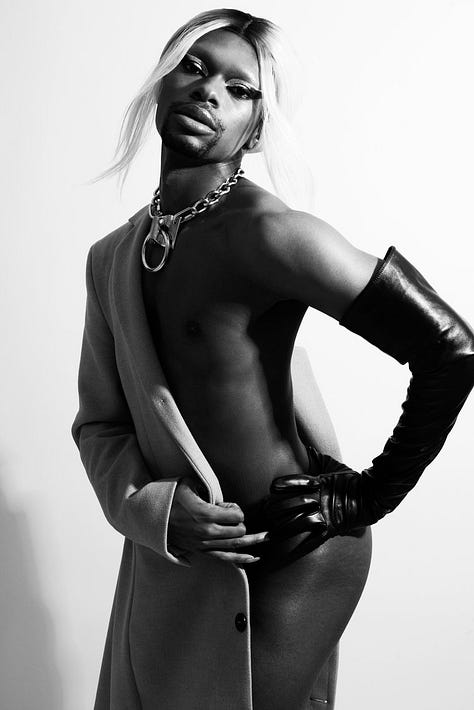
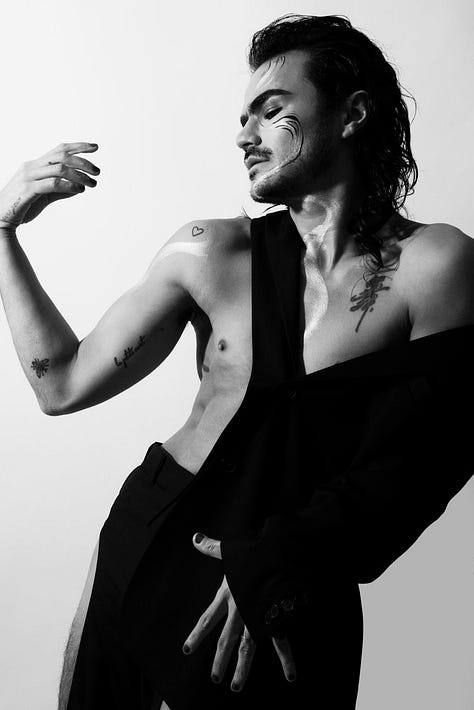
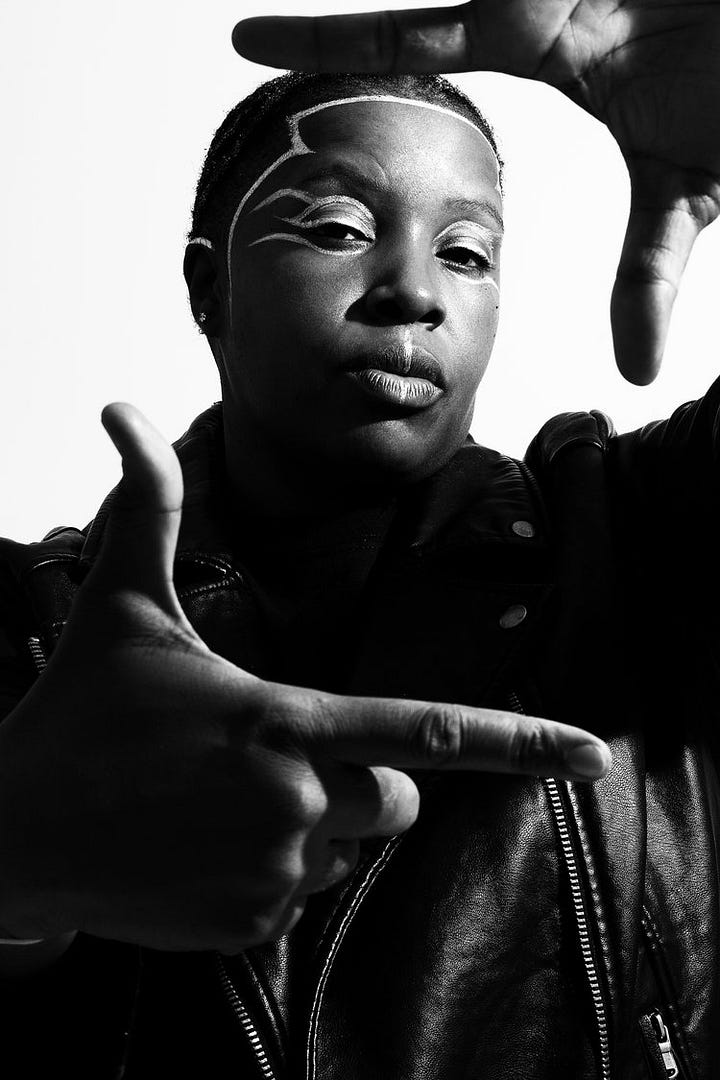
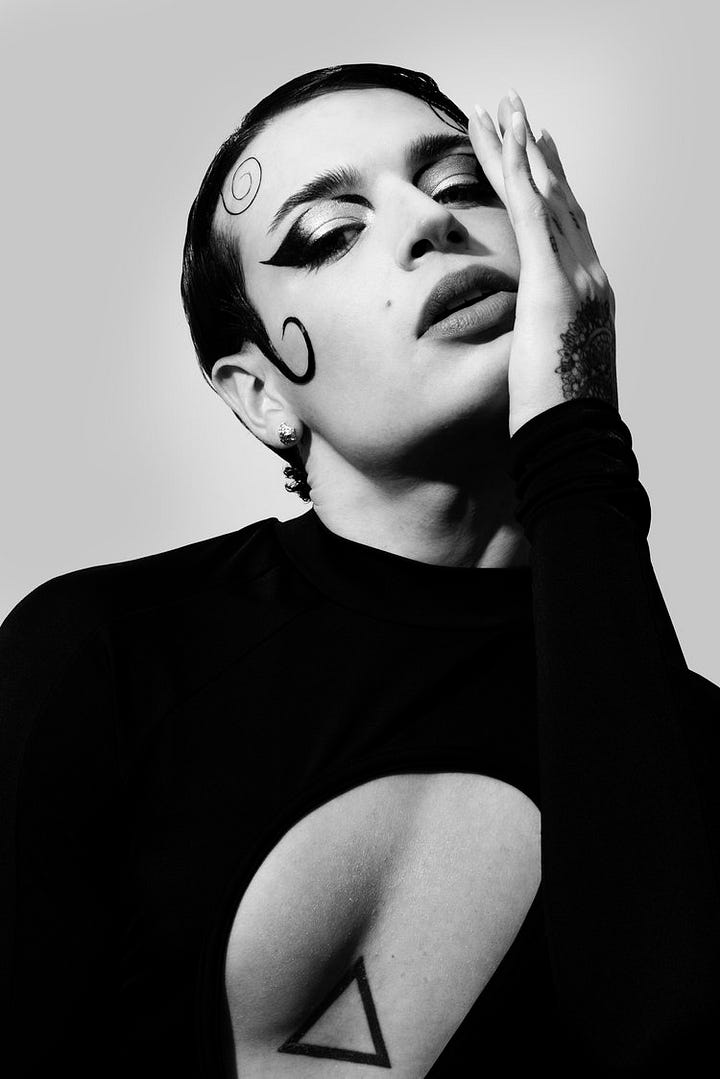
Their Cuban heritage and the visual language of Latin American art have also shaped their work. The vibrant colors, bold compositions, and layered storytelling present in much of Latin American art resonate in Lex’s photography, where they use similar techniques to depict the fluidity of identity. By integrating cultural motifs and themes of transformation, Lex creates work that is both personal and universally relatable.
“Photography became my main focus when I realized I could show people how I view things in my mind. I’ve always seen the world with a little bit of magic in it, and my goal in my work is to evoke the same feelings I felt during the moment I created it. I found that photography was one of the only formats that allowed me to have a foot in reality, and the other in the dreamscape I envision.”
— Lex Barberio in an interview with Guild Magazine
Art + Identity
For Lex, photography is not just about capturing a subject—it’s about revealing multiple layers of identity that exist beyond what the eye can immediately see. Their groundbreaking project, The Ambisextrous, is a prime example of this philosophy. Utilizing lenticular printing technology, Lex captures individuals in three different presentations—masculine, androgynous, and feminine—allowing viewers to see gender fluidity in motion.
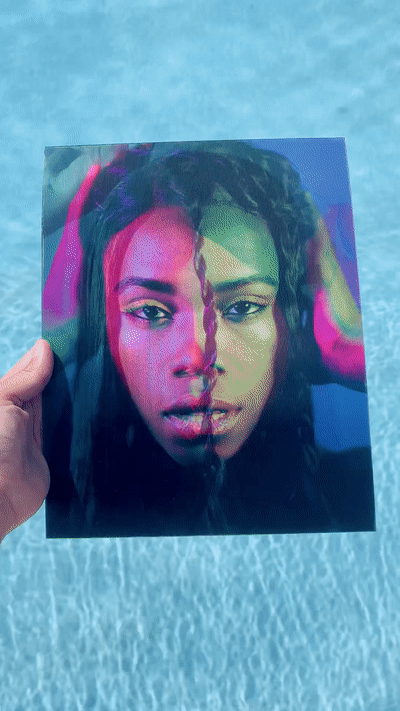
“The Ambisextrous is a project I’ve had in mind for a few years now. I thought of the name about four years ago, and since then, I had been trying to create work that lived up to the weight of that name. After meeting a muse, internalizing the project, and really thinking about what The Ambisextrous meant to me, it all boiled down to fluidity and, of course, magic. I thought to myself, “How can I show fluidity in a single image without using a screen?”, and The Ambisextrous was born. From that moment, it took me about eight months of trial, error, and learning the business angle of art to complete this body of work. Art is self-exploration exposed, and that’s precisely how this came about. This body of work is one that is very personal to me– there is a lot I don’t understand about myself, but I find joy in continuously being able to unwrap and enjoy different versions of who I am. I wanted to capture and share that feeling of curiosity and freedom that comes with getting to know yourself.”
— Lex Barberio in an interview with Guild Magazine
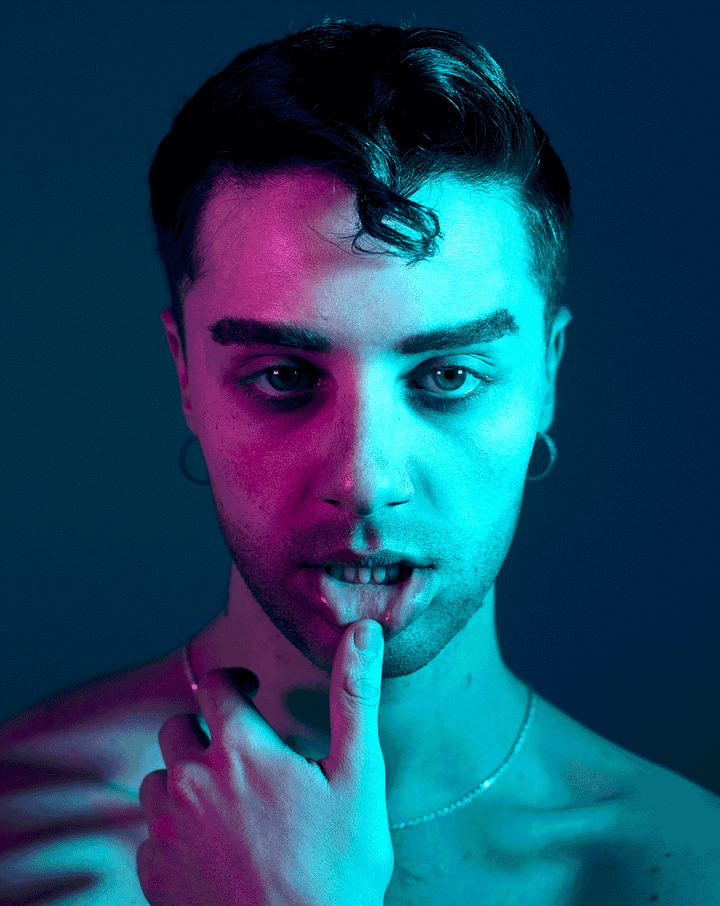

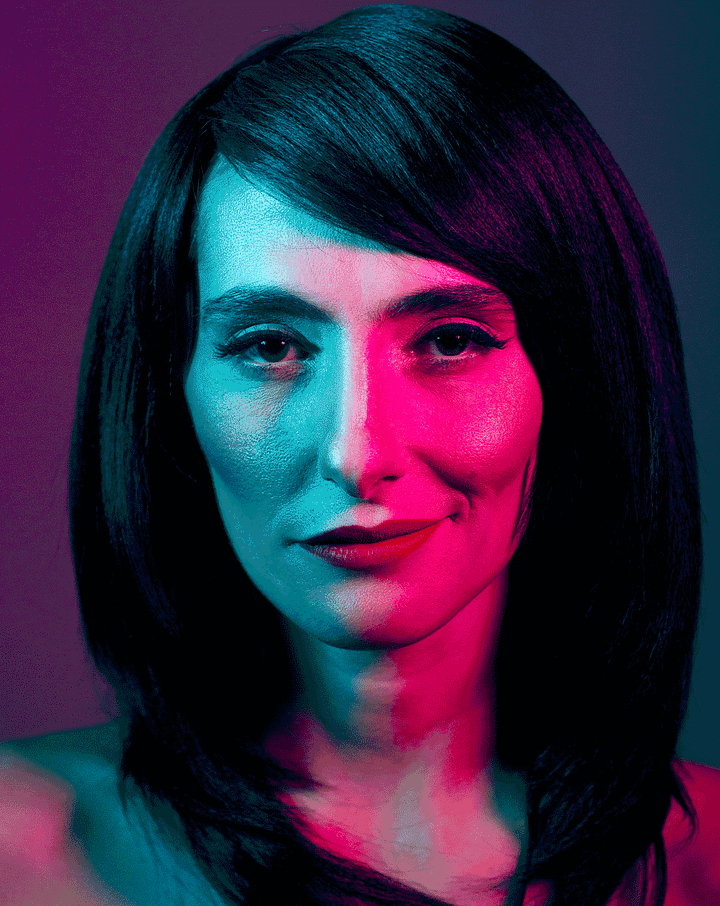

Through projects like this, Lex invites their audience to question preconceived notions of identity and to embrace the ever-changing, evolving nature of self-expression. Their work not only represents their own experiences but also amplifies the stories of others who navigate gender and cultural fluidity.
“I specialize in photography and visually, I’m known for adding an extra layer of life to the people and places I photograph by adding surreal components to my work. I like to turn my subjects into larger than life versions of themselves and give landscapes and cityscapes a dream-like twist to set it out of reality. When it comes to my exhibition work, I like to tie a message to it. Since I primarily photograph the LGBTQ+ community, my conceptual work often acts as a bridge between my community and people who are allies to us. I create safe spaces for people to learn about what it means to be queer whether they identify as queer or not.”
— Lex Barberio in an interview with VoyageMIA
Art + Activism
Beyond personal expression, Lex’s work is deeply rooted in activism. They see photography as a tool to amplify marginalized voices and foster a greater understanding of diverse identities. By focusing on queer and gender-nonconforming individuals, their work provides representation that is often lacking in mainstream media.

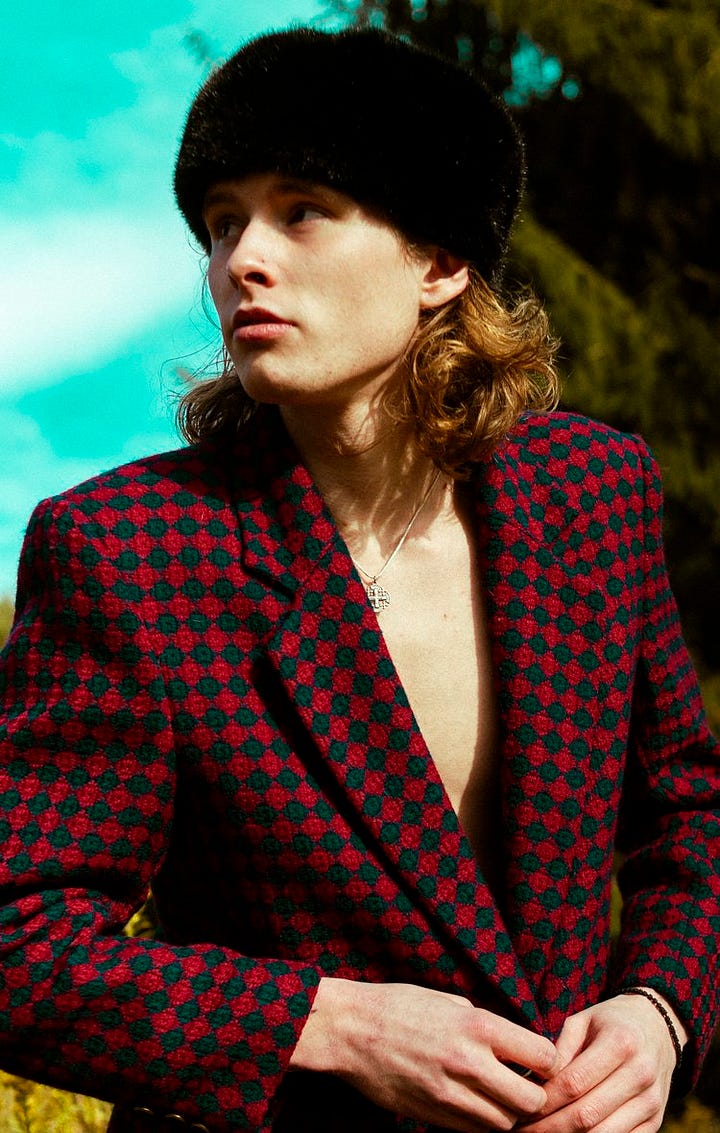
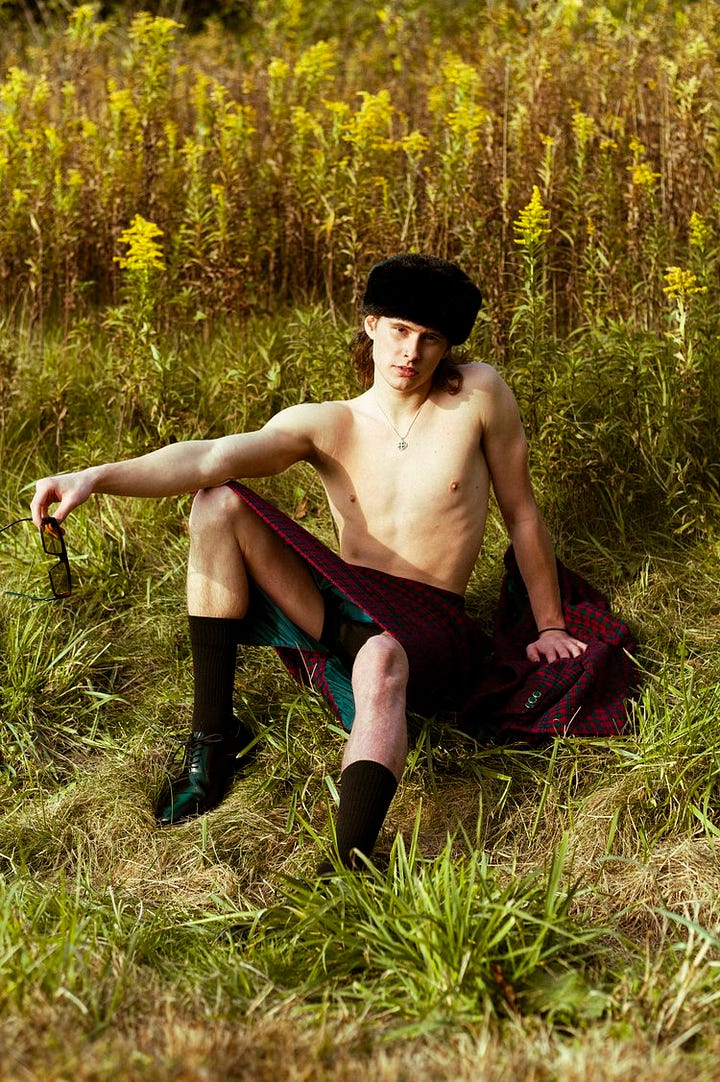
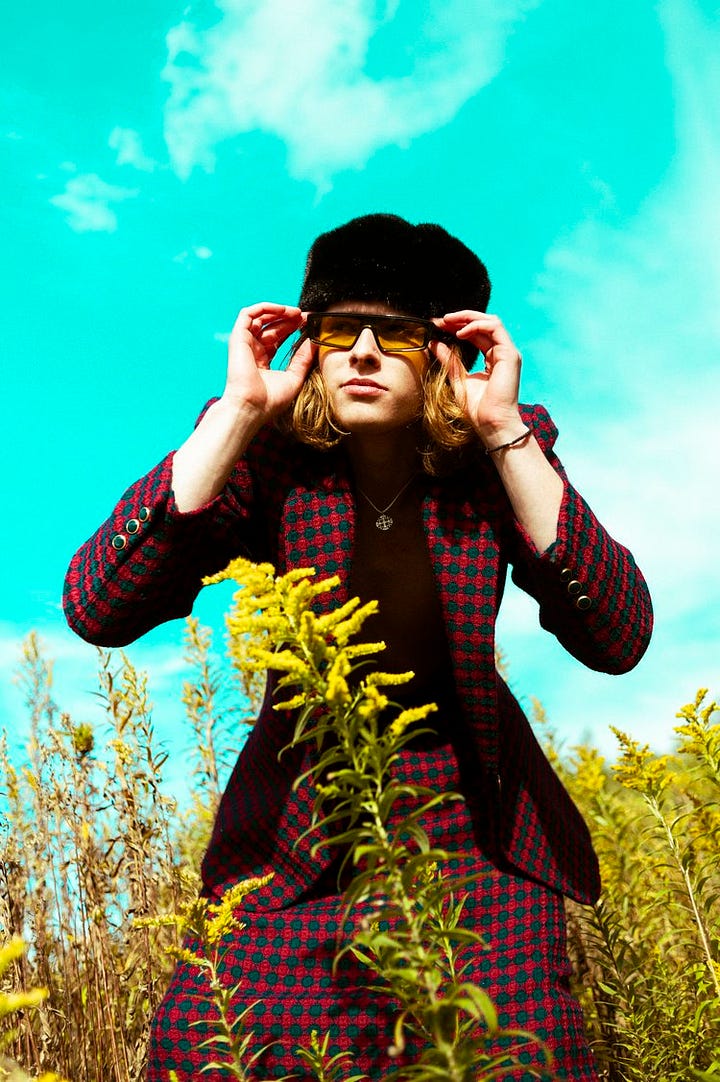
“Normalization and visibility of my community are themes that run through all of my work. If my artwork could change our society by bringing understanding and empathy to people who are not a part of the LGBTQA+ community, I will have successfully made my impact on society.”
— Lex Barberio in an interview with Guild Magazine
Lex frequently collaborates with organizations and brands that align with their vision of inclusivity and visibility. Their exhibitions are often tied to significant cultural events, such as Pride Month and gender awareness campaigns, ensuring that their art serves not just as an aesthetic statement, but as a means of advocacy.
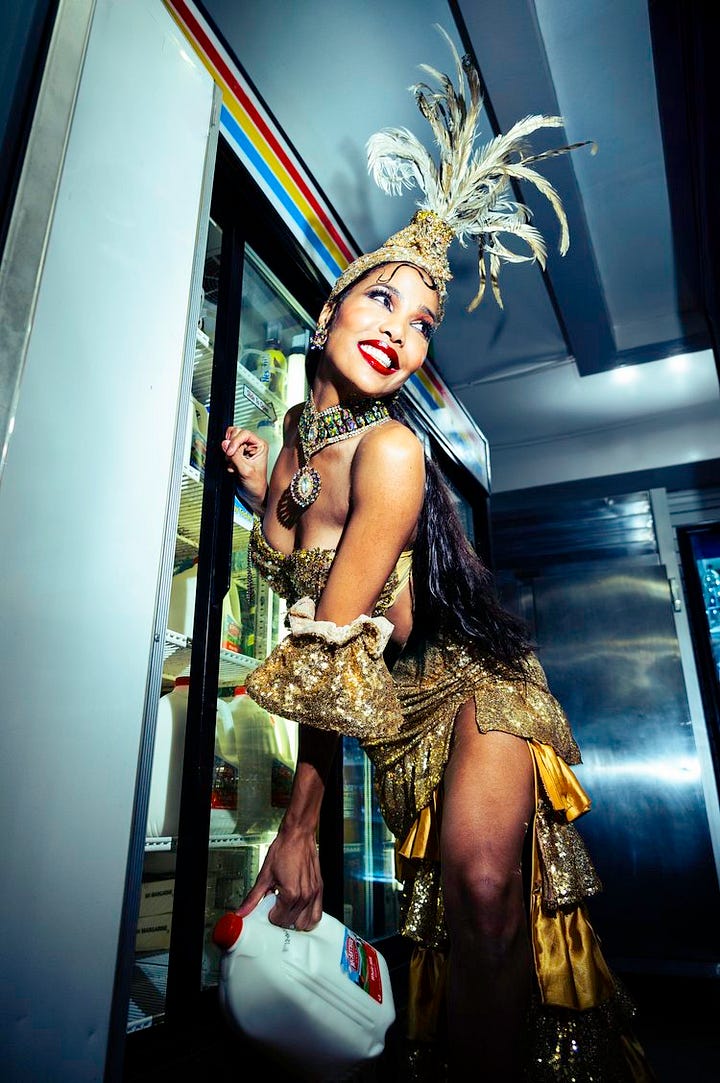

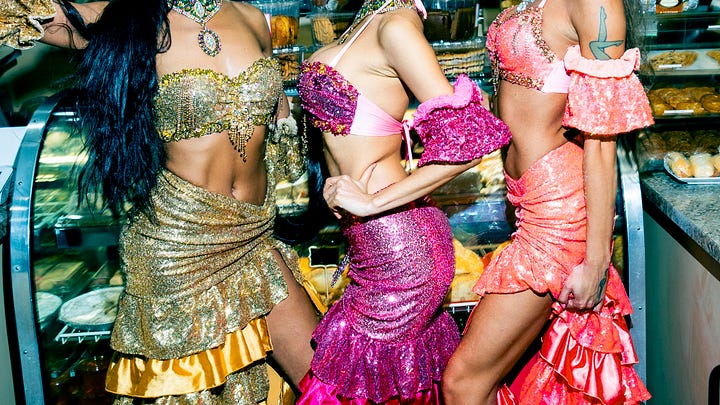
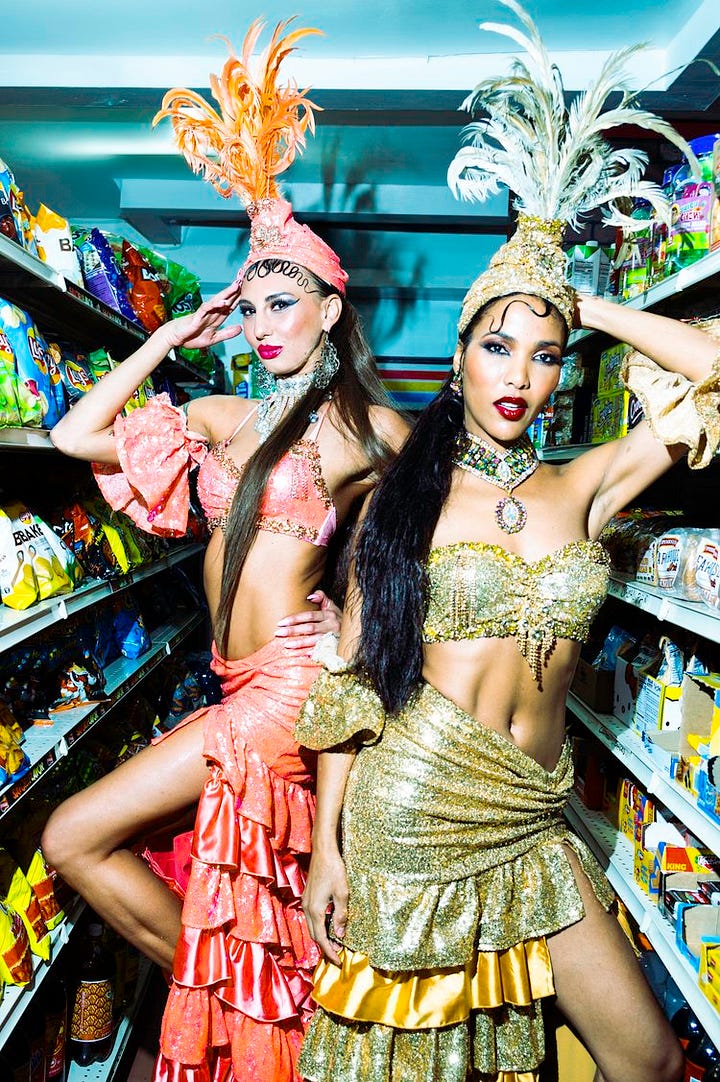
Keep reading with a 7-day free trial
Subscribe to Pride Palette to keep reading this post and get 7 days of free access to the full post archives.





